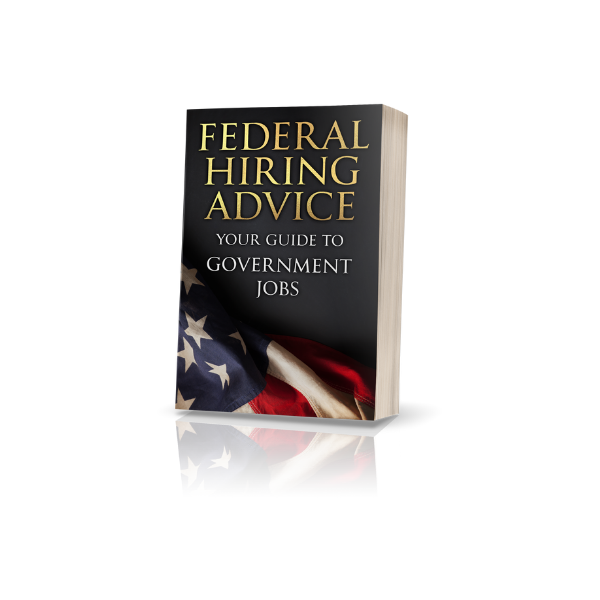Interviews are one area that catches many applicants off guard. The federal government interview uses multiple panel members and the questions have multiple parts. The types of questions have a name, they are called performance-based interview questions.
The government interview is scheduled by the hiring manager after the lists of qualified applicants have been referred. Not everyone referred will receive an interview though.
The hiring manager often receives more applicants than they can reasonably interview so they complete an additional screening process. This screening process narrows down the number of applicants for interview by rating for best qualified criteria.
The video below also helps to explain the entire process. I also have a book published to help.
Many people become frustrated with the gap between being referred and being scheduled for an interview. This is by far the longest gap of silence in the entire hiring process. This part of the process can take several weeks due to the hiring manager completing the best qualified screening process and making time in their schedule to actually conduct the government interview.
It is frustrating enough for those that are selected for an interview, but it is even more frustrating for those that are not selected for a government interview. For those not given an opportunity to interview, their next contact will be the email that is sent after a selection is made. This notice is called the disposition.
The notifications throughout the hiring process can be confusing. For a full explanation of the different notifications check out this video below.
If you are selected for an interview the information below will be invaluable. Gaining an understanding of the interview process will give you an advantage. You’ll be able to practice in order to become the most ready.
The first thing to know is the interview method. The interview can be in-person, video, or just phone. Each method can have its own challenges, but by asking what method will be used when being scheduled you’ll be ready.
In-person and video are essentially the same. Most people have experience with in-person interviews and know to dress appropriately, sit up straight, make good eye contact, and not to fidget. Video has the same advice. One difference will be the eye contact since you’ll just be able to look into the camera.
Since most people have experience with in-person interviews the video interviews don’t bother them much, but the phone interview tends to make people more nervous. Phone interviews are characterized by noticeable periods of silence. Silence generally makes people nervous. The silence comes from the panel members putting their lines on mute while you are giving your response. Mute is so you don’t hear them typing or taking notes while you speak.
People often approach the phone interview like they do an in-person interview. They will try to crack a joke or tell an ice breaker. Since the lines are muted there is no feedback which adds to the applicant’s nervousness. This lack of feedback also causes many applicants to ramble on long after they’ve answered the question. Since they can’t see any head nods to know they are on the right track with their answer they just keep going. The issue is the panel won’t stop you. We just wait until you stop, finish our notes, and then go to the next question.
The video below helps to better explain the interview process.
Now that we have covered the different interview methods, we can get into the questions and how best to answer them. The questions are very different than most are used to. They have multiple parts and cover a specific scenario to be answered. They usually start with, “Tell me about a time…” The questions are designed for you to provide a specific example you have experience with.
The trick to answering the questions is to answer all parts of the question and use a specific situation. Each question is scored from 0 – 5. If you don’t try at all it is a 0. If you knock it out of the park it is a 5. Everyone scores differently but the rule of thumb is that just answering all parts of the question is worth a 3 and then the more complete and related the answer is gets you the 4 and 5.
A common customer service question is, “Tell me about a time when you had a difficult customer. What was the issue? What steps did you take to resolve? What was the outcome?” To fully answer this question is would look something like, “When I worked a company XYZ I had a dissatisfied customer. They wanted to return an item without a receipt. This was against policy, but I used my best judgement. I recognized the item from the store, so I got a manager to approve the return and issued a refund. The customer left satisfied and continued to shop with us in the future.”
In order to ensure you answer all parts of the question it is perfectly acceptable to ask the panel to repeat the question. It is also acceptable to write down the important parts of the question if needed. To prepare for the interview it is recommended to have several related situations written down. This will help remind you of situations that can be used when answering the questions. When the pressure is on it’s easy to blank.




No responses yet